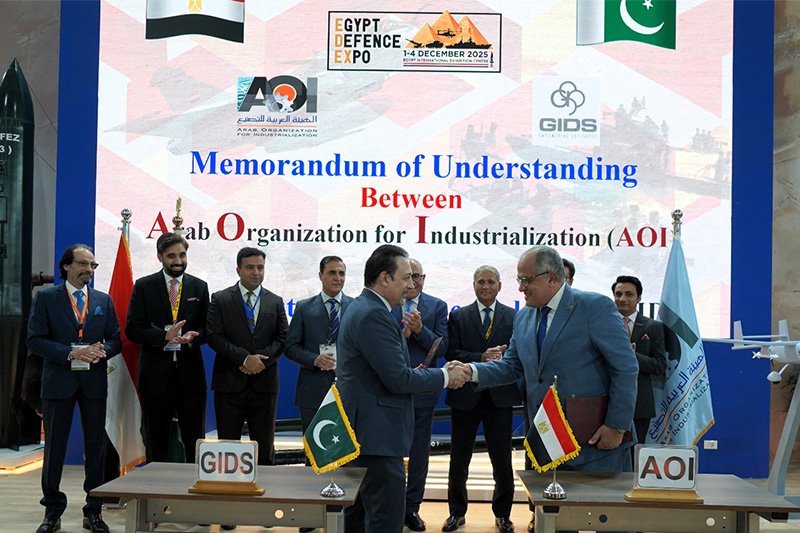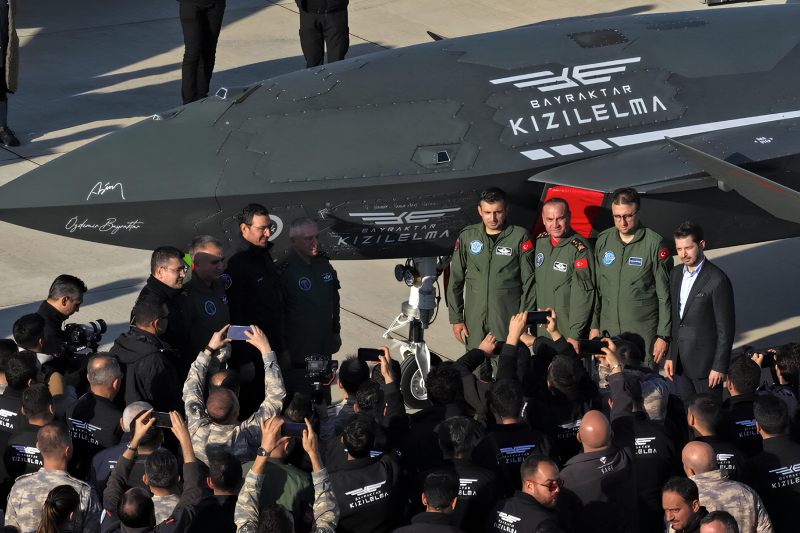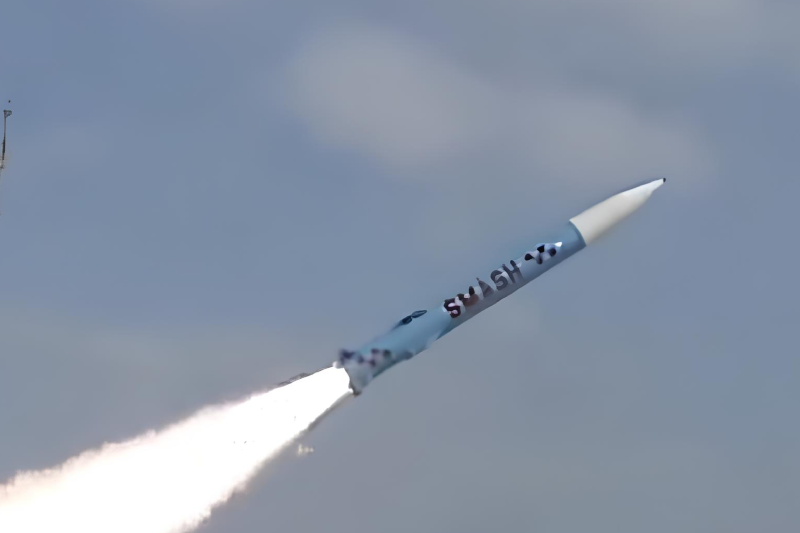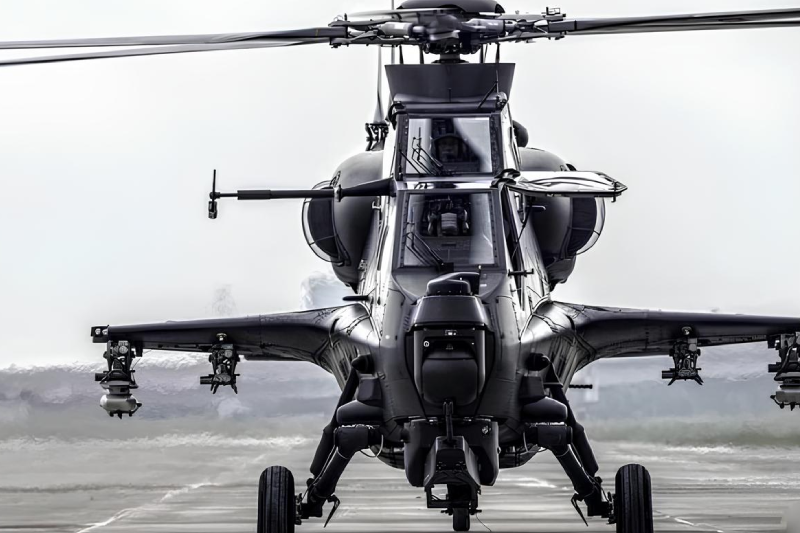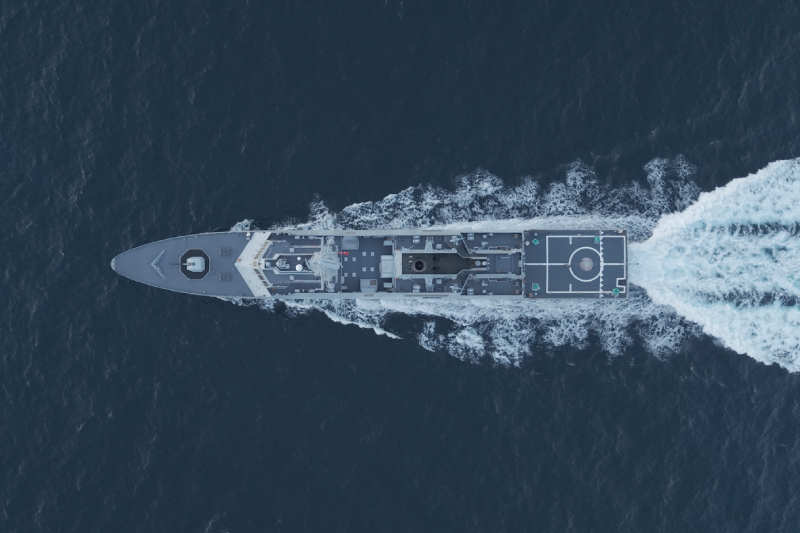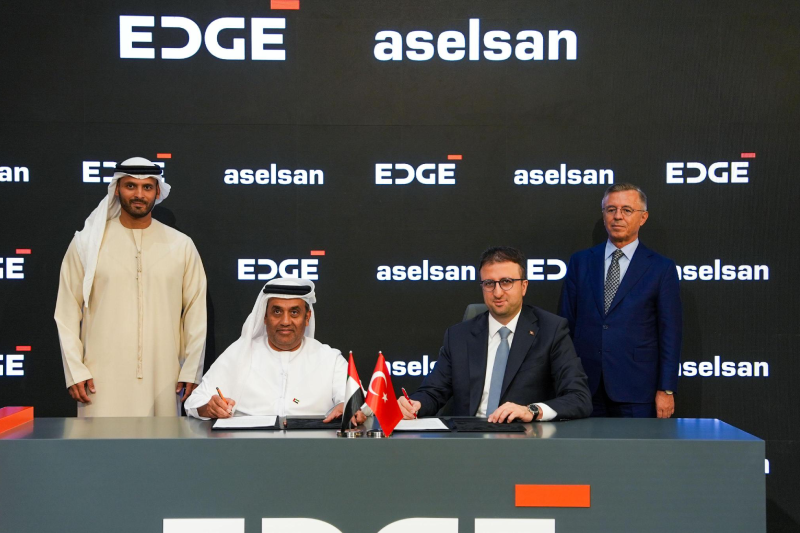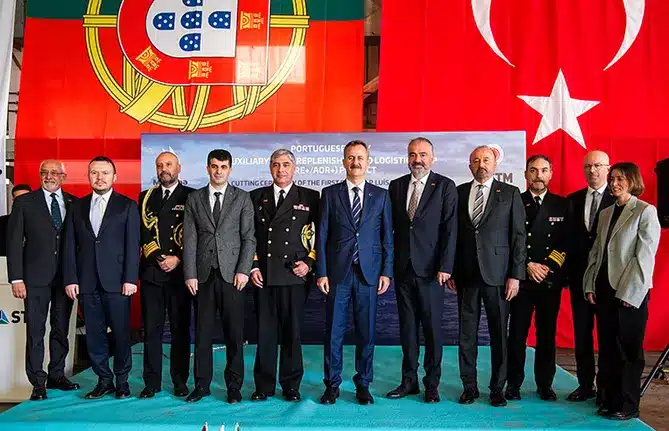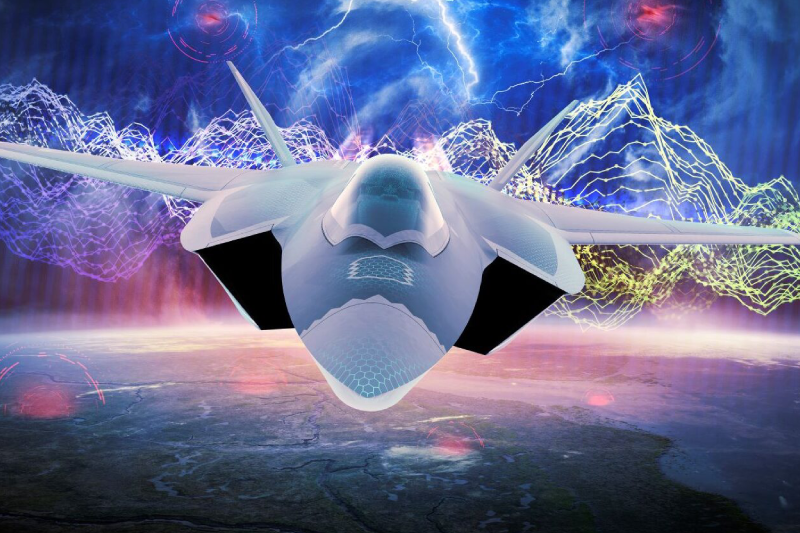UK, Japan, Italy Launch Sixth-Generation Fighter Program
The defense industries of Italy, Japan, and the United Kingdom have achieved a significant milestone in sixth-generation fighter development through the establishment of a specialized consortium focused on advanced sensor and communication systems. This groundbreaking collaboration represents a crucial advancement in the Global Combat Air Programme (GCAP), positioning these nations at the forefront of sixth-generation fighter technology that will define air superiority capabilities through 2070 and beyond.
GCAP Electronics Evolution Consortium Formation
The newly formed GCAP Electronics Evolution (G2E) consortium brings together industry leaders Mitsubishi Electric from Japan, Leonardo UK from the United Kingdom, and Leonardo alongside ELT Group from Italy. This collaboration builds upon a foundational agreement signed during the DSEI Japan exhibition in March 2023, which was formally established through a comprehensive consortium agreement in August 2025.
The G2E consortium represents the convergence of three nations’ most advanced defense electronics capabilities, combining decades of experience in military aviation systems. Each partner contributes specialized expertise that collectively addresses the complex technological challenges inherent in sixth-generation fighter development.
Communication System Development
The consortium’s primary responsibility involves developing the Integrated Sensing and Non-Kinetic Effects & Integrated Communications Systems (ISANKE & ICS), representing one of the most critical components of the GCAP program. These systems will enable unprecedented integration and exploitation of massive information volumes in complex operational environments.
The ISANKE & ICS technology marks a fundamental departure from previous fighter generations by incorporating artificial intelligence, machine learning, and advanced data fusion capabilities. These systems will provide pilots with enhanced situational awareness while enabling autonomous decision-making processes that complement human judgment.
Through-Life Support Service Innovation
Beyond initial system development, the G2E consortium assumes responsibility for Through-Life Support Service (TLSS) throughout the fighter’s entire operational lifecycle. This comprehensive approach ensures sustained operational effectiveness from initial deployment through eventual retirement, typically spanning several decades.
The TLSS framework incorporates predictive maintenance technologies, continuous software updates, and adaptive system modifications that maintain technological relevance as threats evolve. This approach represents a paradigm shift from traditional maintenance models toward proactive capability sustainment.
Strategic Leadership Structure and Location
The consortium’s leadership will be headquartered in Reading, United Kingdom, strategically positioned near the GCAP International Government Organisation (GIGO) headquarters. This proximity facilitates seamless coordination between industry partners and government representatives from all three participating nations.
The Reading location provides optimal access to established defense industry networks while enabling efficient collaboration with Edgewing, the joint venture responsible for overall aircraft design and construction. This integrated approach ensures alignment between platform development and mission systems integration.
Edgewing Joint Venture Partnership
The G2E consortium will receive contracts from Edgewing, the joint venture established in June by BAE Systems (UK), Leonardo (Italy), and Japan Aircraft Industrial Enhancement Co. (Japan). This partnership structure ensures coordinated development between airframe construction and advanced electronic systems integration.
Edgewing’s leadership under Marco Zoff, former general manager of Leonardo’s aeronautics division, provides experienced program management that bridges cultural and technical differences between the three nations. The organization maintains strategic offices in Italy and Japan while coordinating from its Reading headquarters.
Operational Timeline and Development Milestones
The GCAP program maintains an ambitious timeline targeting operational capability by 2035, with technological relevance extending beyond 2070. This extended operational lifecycle requires advanced system architectures capable of continuous evolution and capability enhancement throughout the aircraft’s service life.
The prototype’s first flight remains scheduled for 2027, with BAE Systems confirming that structural completion has reached two-thirds completion. Final assembly, testing, and validation phases will commence shortly to meet the critical 2027 flight milestone that validates core technologies.
Prototype Design and Technical Specifications
The prototype features twin canted tails, dual engines, and an enlarged cropped delta wing configuration compared to earlier design iterations. The aircraft incorporates proven components from existing platforms, including EJ200 engines from the Eurofighter Typhoon, to accelerate development while reducing technical risks.
This design approach balances innovation with proven reliability, enabling rapid prototype development while validating revolutionary technologies. The prototype, potentially designated “Tempest,” serves as a critical testbed for sixth-generation capabilities that will define future air combat scenarios.
Information Integration
The advanced sensor and communication systems enable unprecedented information integration capabilities that transform pilot decision-making processes. Multiple sensor inputs undergo real-time fusion, providing comprehensive battlefield awareness that extends far beyond visual and radar detection ranges.
These capabilities enable coordinated operations with friendly forces, autonomous weapon systems, and space-based assets through secure, high-bandwidth communication networks. The resulting operational advantages provide significant superiority over current and anticipated adversary capabilities.
International Defense Cooperation Strengthening
The GCAP program represents the deepest level of defense cooperation achieved between Italy, Japan, and the United Kingdom in military aviation development. This collaboration establishes frameworks for technology sharing, industrial cooperation, and joint operational planning that extend beyond the current program.
The trilateral partnership creates sustainable defense industrial relationships that support each nation’s strategic autonomy while maximizing collective capabilities. This approach ensures that participating nations maintain cutting-edge air combat capabilities despite increasing development costs and technological complexity.
Technology Validation
The consortium’s systematic approach to technology validation reduces program risks through incremental capability demonstration and testing. Advanced modeling and simulation capabilities enable extensive virtual testing before physical prototype integration, reducing development time and costs.
The G2E consortium’s expertise in complex system integration ensures that revolutionary technologies undergo thorough validation before operational deployment. This methodology maintains the aggressive development timeline while ensuring system reliability and performance meet stringent military requirements.
Don’t miss this: US Air Force confirms delivery of second B-21 Raider to Edwards AFB
Future Combat Aviation Leadership
The successful development of GCAP sensor and communication systems positions Italy, Japan, and the United Kingdom as leaders in sixth-generation fighter technology. These capabilities will influence global defense markets while establishing technological standards that shape future military aviation development worldwide.
The G2E consortium’s innovative approach to international defense collaboration demonstrates how allied nations can maintain technological superiority through coordinated investment and shared expertise, ensuring air superiority capabilities remain aligned with emerging global security challenges.
Keep connected with us at Facebook, Twitter, YouTube, Instagram & TikTok for latest defense happening around the globe.
Discover more from International Defence Analysis
Subscribe to get the latest posts sent to your email.


